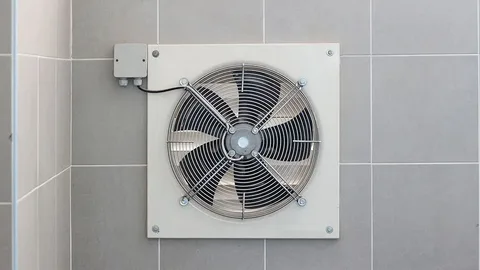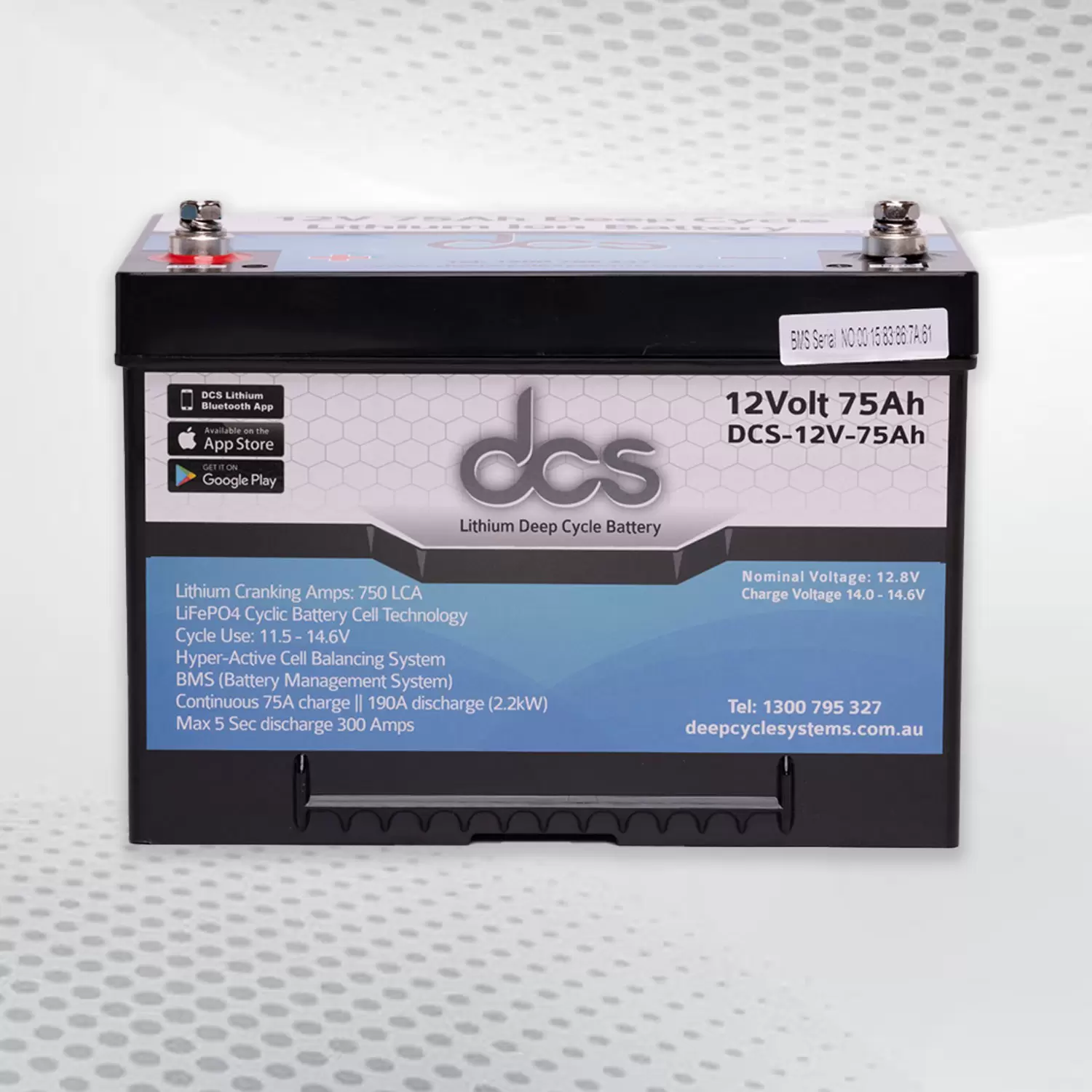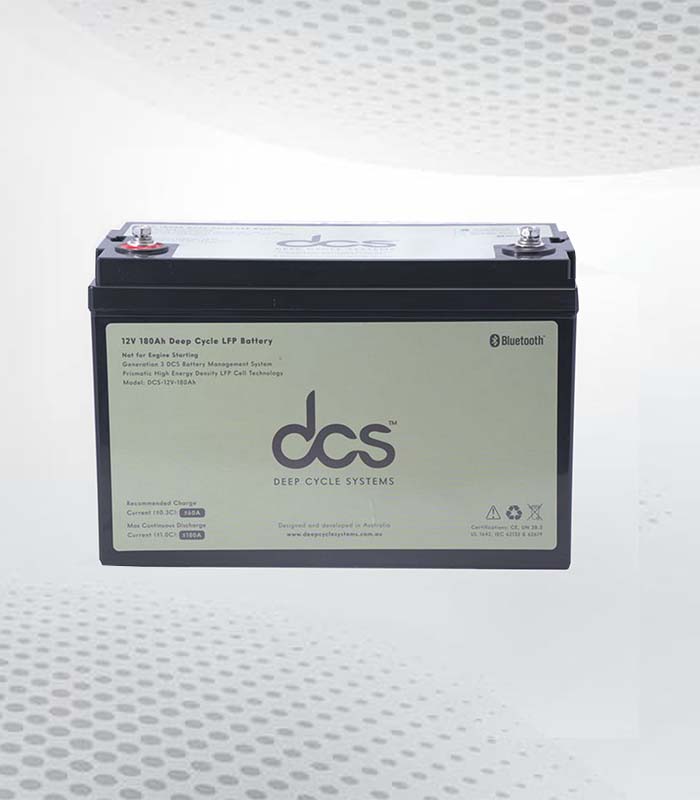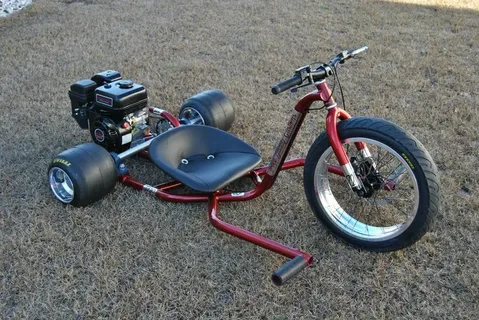In today’s rapidly evolving world, energy efficiency is not just a trend but a necessity. Installing a ventilation fan is one of the most critical components in achieving an energy-efficient home. These devices improve indoor air quality and play a significant role in regulating temperature and moisture levels, thereby reducing energy consumption. This blog post will explore the various aspects of ventilation-fans and their indispensable role in modern homes.
Understanding the Importance of Ventilation in Homes
Ventilation is a cornerstone of maintaining a healthy and comfortable living environment in modern homes. Proper ventilation helps to remove indoor pollutants such as dust, allergens, and volatile organic compounds, ensuring cleaner air for residents. It also aids in controlling indoor humidity levels, which are crucial for preventing mould growth and maintaining structural integrity.
Adequate ventilation reduces the risk of respiratory issues and allergies, promoting overall well-being. Additionally, good ventilation plays a crucial role in regulating indoor temperatures, allowing for more efficient heating and cooling. By facilitating the exchange of indoor and outdoor air, ventilation systems help to disperse excess heat during the summer and retain warmth during the winter, contributing to overall energy efficiency.
Types of Ventilation-Fans and Their Specific Uses
Ventilation-fans come in various types, each tailored for specific functions within the home:
- Extractor Fans: Mostly found in kitchens and bathrooms, extractor fans are crucial for expelling moist, odorous air outside. This helps prevent humidity buildup, which can lead to mould and mildew growth.
- Supply Fans: Unlike extractor fans, supply fans draw fresh outdoor air into the home. Often used with extractor fans, they help to balance air pressure and ensure a continuous flow of clean air.
- Whole-House Fans: Typically installed in the loft, these fans draw cool, fresh air into the home from open windows while expelling warm air through the roof vents. They are especially effective for cooling the entire house during the evening and night, reducing the need for air conditioning.
- Ceiling Fans: While primarily used for personal comfort, ceiling fans enhance air circulation, complementing other ventilation systems. They help distribute air evenly, which can be particularly beneficial in warm and cool seasons.
By understanding these different types of ventilation-fans, homeowners can choose the most appropriate solutions for their specific needs, whether for expelling humidity, bringing in fresh air, or improving overall air circulation.
How Ventilation-Fans Enhance Energy Efficiency
Ventilation-fans play a pivotal role in boosting energy efficiency within homes. By promoting optimal air circulation, these fans help diminish the dependency on heating and cooling systems. For instance, during warmer months, a whole-house fan can significantly lower indoor temperatures, minimising the need for air conditioning and reducing energy expenses.
In contrast, exhaust fans in high-moisture areas like bathrooms can effectively remove excess humidity, which otherwise would increase cooling demands in humid weather. Modern ventilation-fans are equipped with energy-efficient motors and features such as variable speed settings, allowing homeowners to adjust power usage according to specific needs. This level of adaptability enhances comfort and leads to substantial energy savings over time.
Moreover, integrating intelligent controls and sensors with ventilation-fans can further optimise their performance. These advanced features enable the fans to operate only when necessary, such as in response to increased humidity or occupancy, thereby conserving energy. Well-designed ventilation systems can complement natural ventilation methods, such as strategically placed windows and vents, to improve airflow without excessive reliance on mechanical systems.
Key Features to Look For In a Ventilation-Fan
When selecting a ventilation-fan, several key features are crucial to ensuring adequate performance and suitability for your needs. Consider the fan’s capacity, measured in cubic feet per minute (CFM), which indicates how much air the fan can move. The proper CFM rating should match the size and purpose of the room to ensure efficient ventilation. Noise level is another important factor; look for a fan with a low sone rating to minimise operational noise and maintain a peaceful environment.
Energy efficiency is also vital; choose a fan with an ENERGY STAR rating to reduce energy consumption and lower utility bills. The fan type is also significant, with options such as ceiling-mounted, wall-mounted, or inline models, each suited for different installation scenarios and spaces. Ease of installation and maintenance are practical considerations—features like removable grilles and washable filters can simplify upkeep.
Consider fans with built-in timers or humidity sensors, which can automatically control operation based on room conditions, enhancing convenience and efficiency. A fan with aesthetic design and quality materials will perform nicely and complement your interior decor. Selecting a ventilation-fan with these features ensures optimal performance and longevity, creating a more comfortable and healthier indoor environment.
Installation Tips for Maximising the Effectiveness of Your Ventilation Fan
To maximise the effectiveness of your ventilation-fan, proper installation is critical. Here are some essential tips to ensure optimal performance:
Choose the Right Location
Install your ventilation-fan, which effectively removes stale air and introduces fresh air. Place the fan near the source of moisture or odours for bathrooms and kitchens. In larger rooms, centralise the fan to ensure even air distribution.
Ensure Proper Ductwork
If your ventilation-fan uses ductwork, ensure it is properly installed and sealed. Ducts should be straight and as short as possible to reduce airflow resistance. Use smooth, rigid ducts instead of flexible ones to prevent air turbulence and ensure efficient ventilation.
Size Matters
Select a ventilation fan with the appropriate capacity for your space. The fan’s efficiency is measured in cubic feet per minute (CFM). To determine the right size, calculate the room’s volume (length x width x height) and choose a fan with a CFM rating that matches or exceeds this volume.
Minimise Air Leaks
Proper sealing around the fan and duct connections is crucial to prevent air leaks. Gaps and leaks can reduce the fan’s efficiency and increase energy costs. Use high-quality sealant or duct tape to ensure a tight seal around all connections.
Regular Maintenance
After installation, maintain your ventilation-fan by cleaning it regularly. Dust and debris can accumulate on the blades and filters, reducing the fan’s effectiveness. Cleaning every three to six months will help the fan operate efficiently and extend its lifespan.
Maintenance and Troubleshooting Common Issues
Regular maintenance is crucial to keeping your ventilation-fan running efficiently. Start by periodically cleaning the fan blades and housing to remove any dust and debris that may accumulate over time. This not only ensures optimal airflow but also prolongs the fan’s life. Check for obstructions in vents and ducts, as blockages can significantly hinder the fan’s performance.
Inspecting the electrical components, including wiring and connections, is also advisable to ensure they are secure and free from wear and tear. Pay attention to any unusual noises. Strange sounds can be an early indicator of mechanical issues or improper installation that might need professional attention. Addressing these noises promptly can prevent more severe problems down the line.
Ensure you clean or replace fans equipped with filters as the manufacturer recommends. Clogged filters can reduce airflow efficiency and increase energy consumption. If your fan has advanced features like humidity sensors or timers, regularly check these settings to confirm they function correctly. Miscalibrated sensors can lead to inefficient operation, negating the energy savings these features are designed to provide.
Eco-Friendly Ventilation Solutions for the Modern Home
As sustainability becomes a priority for many homeowners, eco-friendly ventilation solutions are increasingly in demand. One innovative option is the solar-powered fan, which harnesses solar energy to ventilate your home without relying on grid electricity. This not only reduces energy costs but also minimises your carbon footprint. Another effective solution is the Heat Recovery Ventilator (HRV).
These systems are designed to exchange stale indoor air with fresh outdoor air while recovering and reusing heat. This process maintains a comfortable indoor climate and enhances energy efficiency by reducing the need for additional heating or cooling. Natural ventilation methods can also be highly effective. You can facilitate natural airflow throughout your home by incorporating design features such as strategically placed windows and vents.
This reduces dependence on mechanical systems and promotes a healthier living environment. Passive cooling techniques, like installing shading devices and using reflective roofing materials, can complement your ventilation system, further enhancing energy efficiency. By integrating these eco-friendly options, you can create a ventilation system that improves indoor air quality and aligns with sustainable living practices.
Cost-Effective Ways to Upgrade Your Ventilation System
Upgrading your ventilation system on a budget is entirely feasible with some strategic approaches:
- Install Smart Controls: Integrating smart thermostats and intelligent fans allows for precise control over your ventilation, adjusting based on occupancy and weather conditions to ensure optimal efficiency and energy savings.
- Improve Insulation: Enhancing your home’s insulation reduces the need for additional mechanical ventilation, as it helps maintain consistent indoor temperatures and minimises drafts.
- Add Ceiling Fans: Ceiling fans can effectively circulate air, providing supplementary ventilation without requiring complex installations or high energy consumption.
- Conduct Regular Maintenance: Ensuring your current well-maintained ventilation system can prevent inefficiencies and costly repairs. Regularly cleaning and inspecting your fans and ducts can keep them operating at peak performance.
- Seal Ducts and Leaks: Ensuring that your ventilation ducts are correctly sealed can prevent air leaks, which can lead to inefficiencies and increased energy costs. Use mastic sealant or metal tape to secure any gaps or leaks.
- Upgrade to Energy-Efficient Models: Consider replacing old ventilation-fans with newer, energy-efficient models if your budget allows. Look for those with high energy efficiency ratings, such as ENERGY STAR-certified fans, which consume less power and are more effective.
Conclusion
Incorporating a ventilation-fan into your home is a strategic move towards enhancing comfort and energy efficiency. With various types available, from extractors to whole-house fans, understanding their functions allows for tailored solutions. Prioritising energy efficiency ratings, noise levels, and advanced controls can make a significant difference. Proper installation and regular maintenance ensure your ventilation system operates at peak performance.
FAQs
How often should I run my ventilation-fan?
Running extractor fans during cooking and showering is ideal, as it helps remove excess humidity and odours. Whole-house fans should be operated during cooler evenings and nights to enhance air circulation and reduce reliance on air conditioning.
Can I install a ventilation-fan myself?
Many ventilation-fans come with user-friendly installation kits and detailed instructions, but following the guidelines closely is crucial. If you lack confidence in your DIY skills, seeking professional installation is recommended to ensure safety and optimal performance.
What is the difference between an extractor fan and a supply fan?
Extractor fans are designed to expel stale, humid air from specific areas such as kitchens and bathrooms. In contrast, supply fans draw fresh outdoor air into the home, helping to maintain balanced ventilation and improving indoor air quality.
Are ventilation-fans noisy?
Noise levels can vary significantly between different models. To maintain a quieter environment, particularly in living spaces and bedrooms, look for ventilation-fans with lower sound ratings, which indicate more silent operation.
Do ventilation-fans help with humidity control?
Extractor fans are especially effective in high-moisture areas like bathrooms and kitchens. They effectively reduce humidity levels, preventing mould growth and increasing comfort by removing excess moisture from the air.
What is the lifespan of a ventilation fan?
Ventilation-fans typically last 10 to 15 years with regular maintenance. Ensuring that fan blades and housing are clean and checking for obstructions or electrical issues can help extend the lifespan of your ventilation fan and maintain its efficiency.




